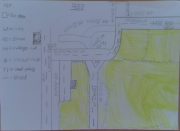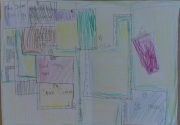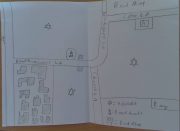Intent
It is our intent that our Geography curriculum inspires pupils with a curiosity and fascination about the world and its people; and develop an understanding of diverse places, people, resources and natural and human environments, as well as the Earth’s key physical and human processes. The geography curriculum at Reed enables children to develop knowledge and skills that are transferable to other curriculum areas and which can and are used to promote their spiritual, moral, social and cultural development.
At Reed First School, we follow the national curriculum to ensure that all pupils:
- develop contextual knowledge of the location of globally significant places, including their defining physical and human characteristics and how these provide a geographical context for understanding the actions of processes
- understand the processes that give rise to key physical and human geographical features of the world, how these are interdependent and how they bring about spatial variation and change over time
- are competent in the geographical skills needed to:
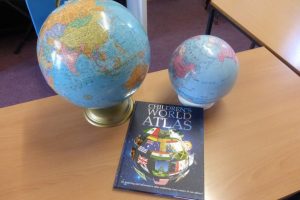
- collect, analyse and communicate with a range of data gathered through experiences of fieldwork that deepen their understanding of geographical processes
- interpret a range of sources of geographical information, including maps, diagrams, globes, aerial photographs and Geographical Information Systems (GIS)
- communicate geographical information in a variety of ways, including through maps, numerical and quantitative skills and writing at length.
Geography is taught in a cross curricular way through Topics. Children in Early Years learn Geography under the heading ‘Understanding the World’, where they learn about similarities and differences between themselves and others in different cultures and places, and talk about features in their environment.
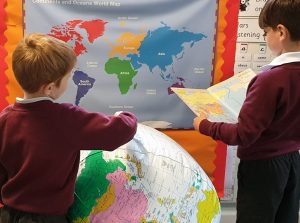 In Key Stage 1, pupils develop knowledge about the local area, as well as locational knowledge about the world. They will begin to use maps, atlases and globes to identify different locations and compare a contrasting locality with their own. They will undertake simple fieldwork to study features of the school and local area.
In Key Stage 1, pupils develop knowledge about the local area, as well as locational knowledge about the world. They will begin to use maps, atlases and globes to identify different locations and compare a contrasting locality with their own. They will undertake simple fieldwork to study features of the school and local area.
In Key Stage 2, the children build upon their knowledge and understanding of the United Kingdom and Europe, North and South America. This will include the location and characteristics of a range of the world’s most significant human and physical features.
In comparisons made between places, we purposefully focus on land use and farming to reflect upon and compare our rural agricultural environment to that of others around the world.
Sketch maps of Reed as part of our local studies and development of mapping skills.

